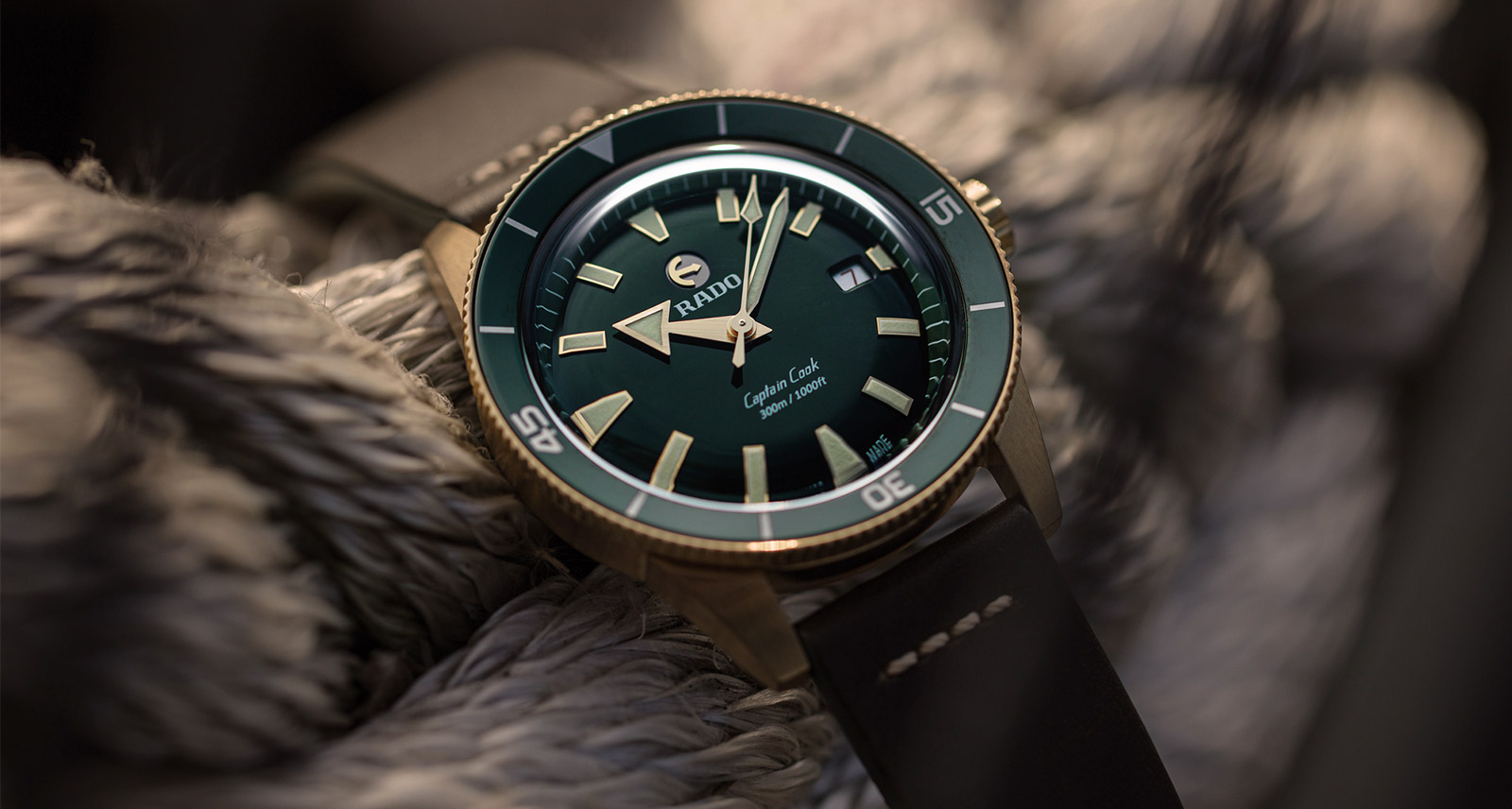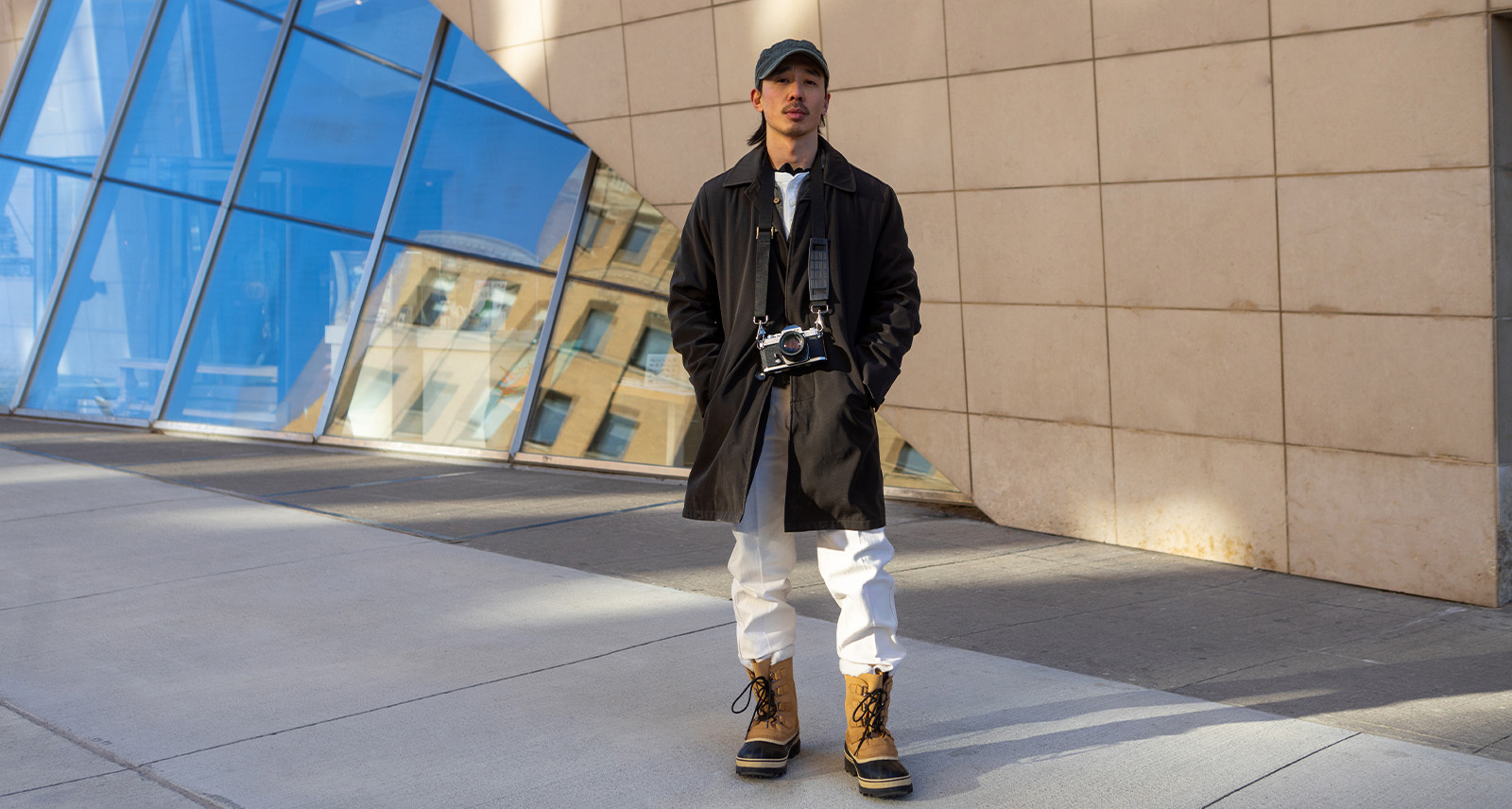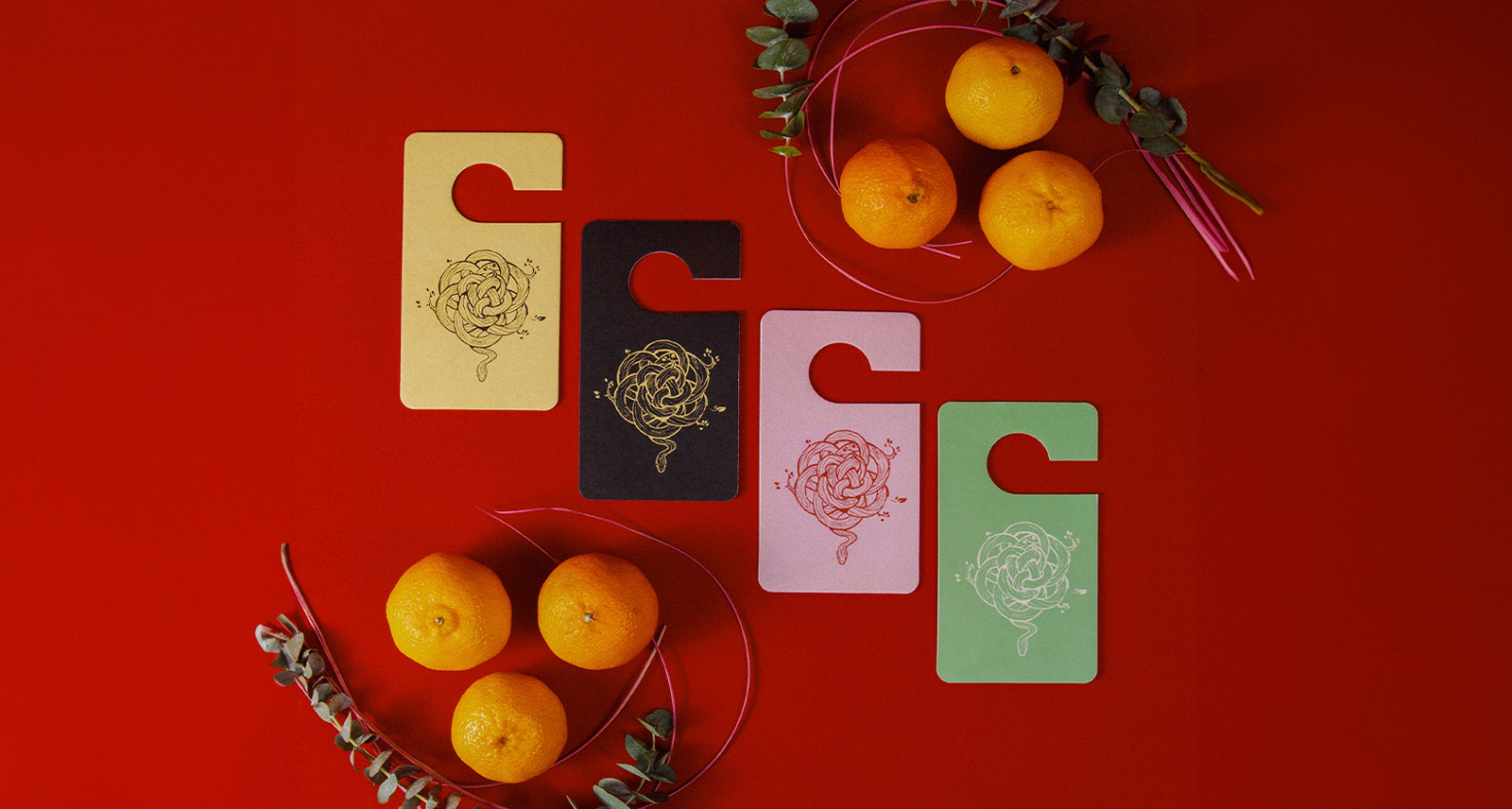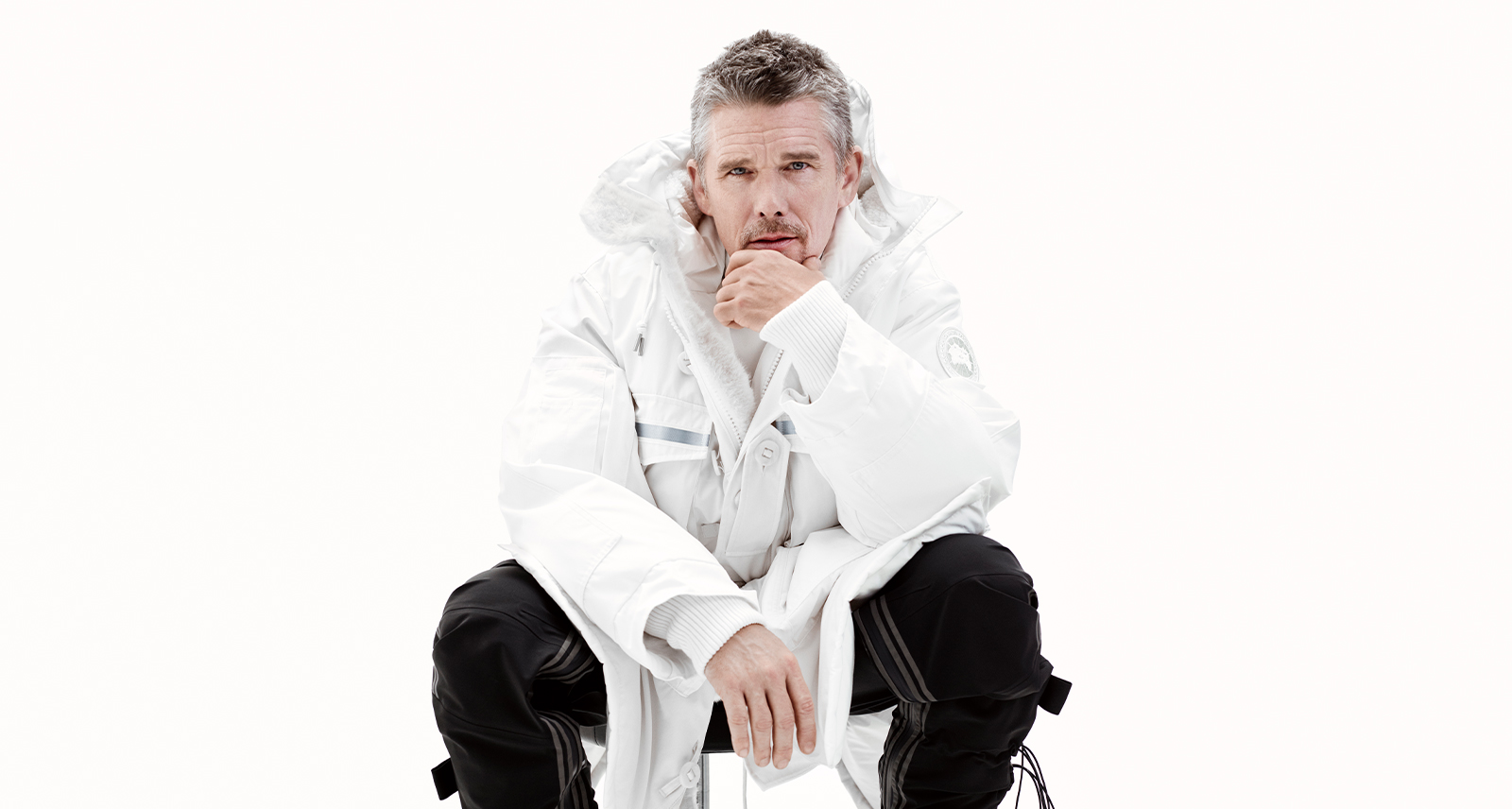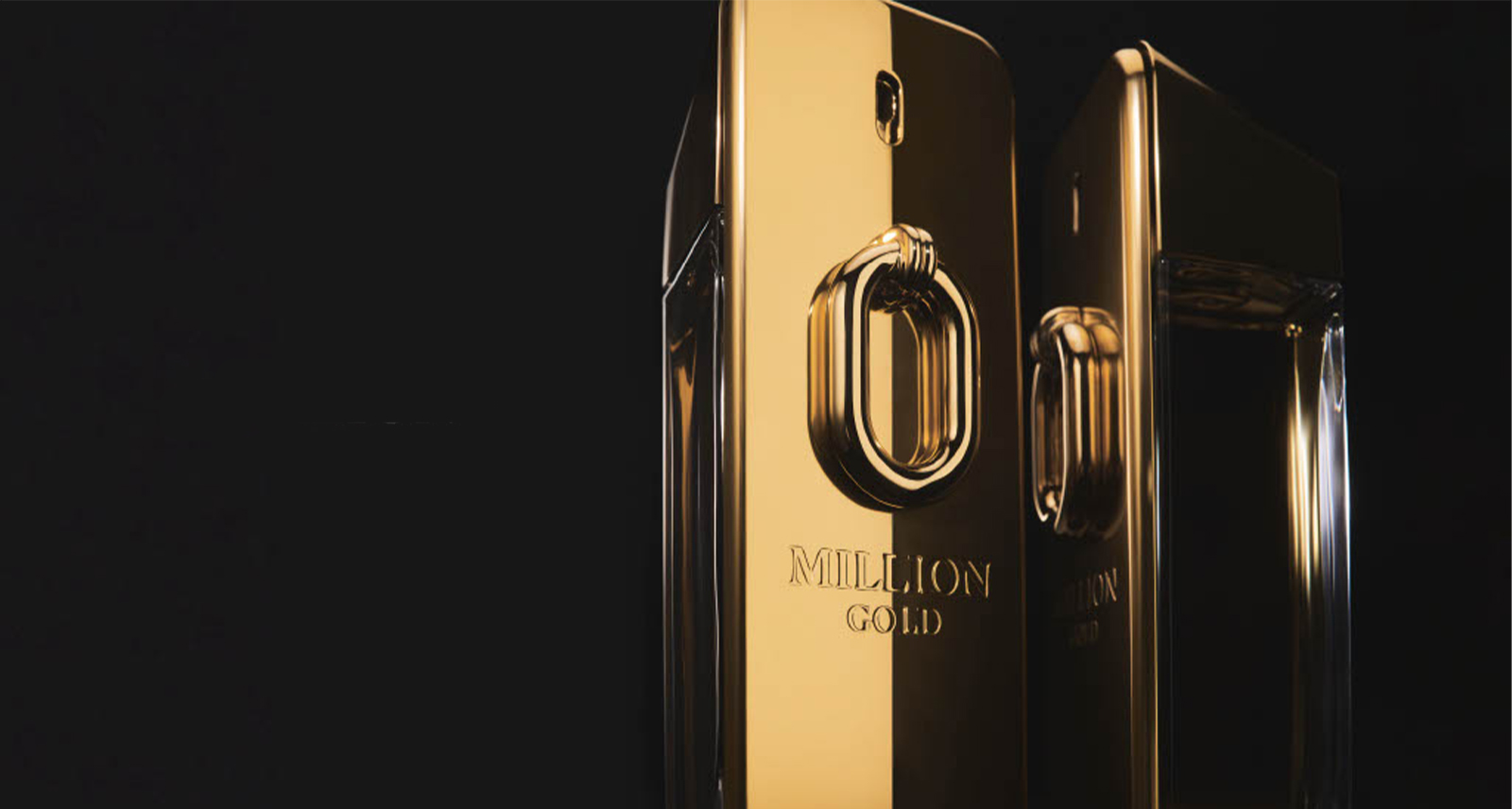Rado’s CEO on the Historic Brand’s Legacy of Modern Design
Of all the historic Swiss watch brands still plying their trade in the 21st century, there isn’t another quite like Rado. The brand dates its origins back to 1917, when three brothers founded The Schlup & Co. watchmaking factory in Lengnau, Switzerland. After honing their skills making movements and transitioning to finished watches in the 1930s, the name Rado was officially adopted in 1957. The name itself reveals the company’s unique aspirations.
Rado, the Esperanto word for ‘wheel,’ is both a nod to one of the key elements in a watch movement and an homage to modernism and utopian ideals. Just as Esperanto was meant to be the language of a new era of human society, Rado’s creations sought to push the boundaries of watchmaking technology. From the 1962 Diastar, the world’s first scratchproof watch, to its pioneering of high-tech ceramic cases in the 1980s to the ultra-slim True Thinline in the 2010s, Rado continues to pursue this goal. We spoke to Adrian Bosshard, Rado’s CEO, about the brand’s past, present and future.
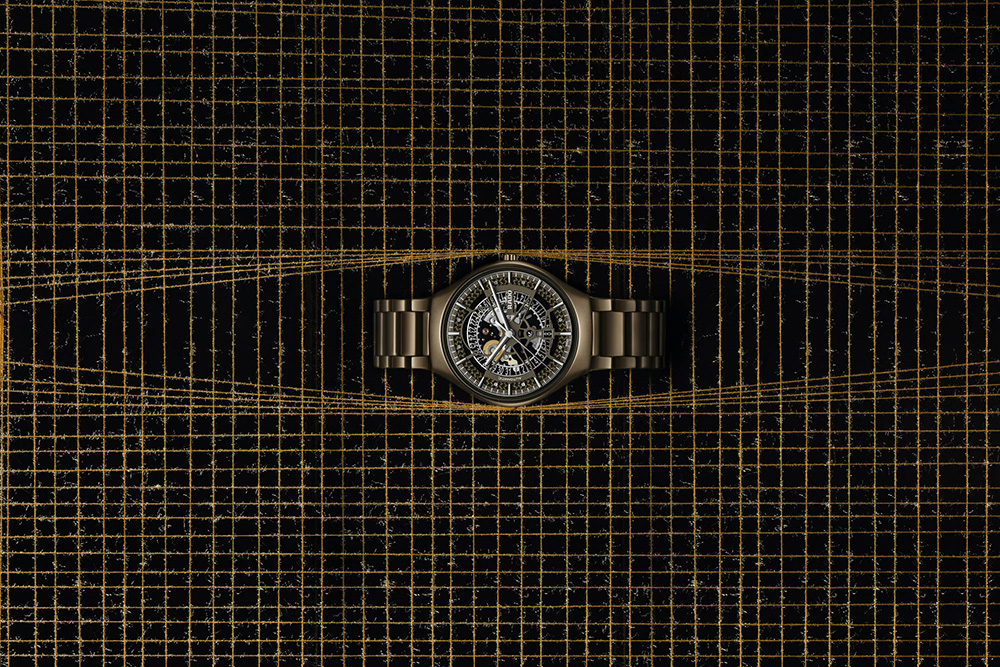 Watch design is a world unto itself. What’s different about designing a watch compared to, say, a chair or a bicycle?
Watch design is a world unto itself. What’s different about designing a watch compared to, say, a chair or a bicycle?
Similarly to the objects mentioned, when designing a watch you need to think about how to potentiate its main function and what materials to use. Rado, being the Master of Materials places high importance on the materials side and uses the latest material developments in the world of watchmaking. Nonetheless, the difference would be that a timepiece is meant to be worn and be in contact with the skin for many hours, thus it is of extreme importance that the timepiece being designed is comfortable to wear, hypoallergenic, light, scratch-resistant and of course attractive to the eye. Another important feature would be that the watch must be legible and easy to read, especially if we are designing, for example, a diving watch. Unlike a chair or bicycle, a watch accompanies you all day and every day and should be something that is comfortable, durable and beautiful.
What other kinds of design objects inspire your work?
We prefer taking our inspiration from the natural world and apply this to our watches. This is evident in our Captain Cook Bronze collection, where we focused on nature colours. The green of the forests, the blue of the oceans and the brown of the earth are reflected in the high-tech ceramic dials. Furthermore, we are known for our design collaborations with some of the best designers all over the world, and we let them design watches according to their backgrounds, whether it is architecture, painting, fashion, ceramics, etc. and this is echoed in the designer watches.
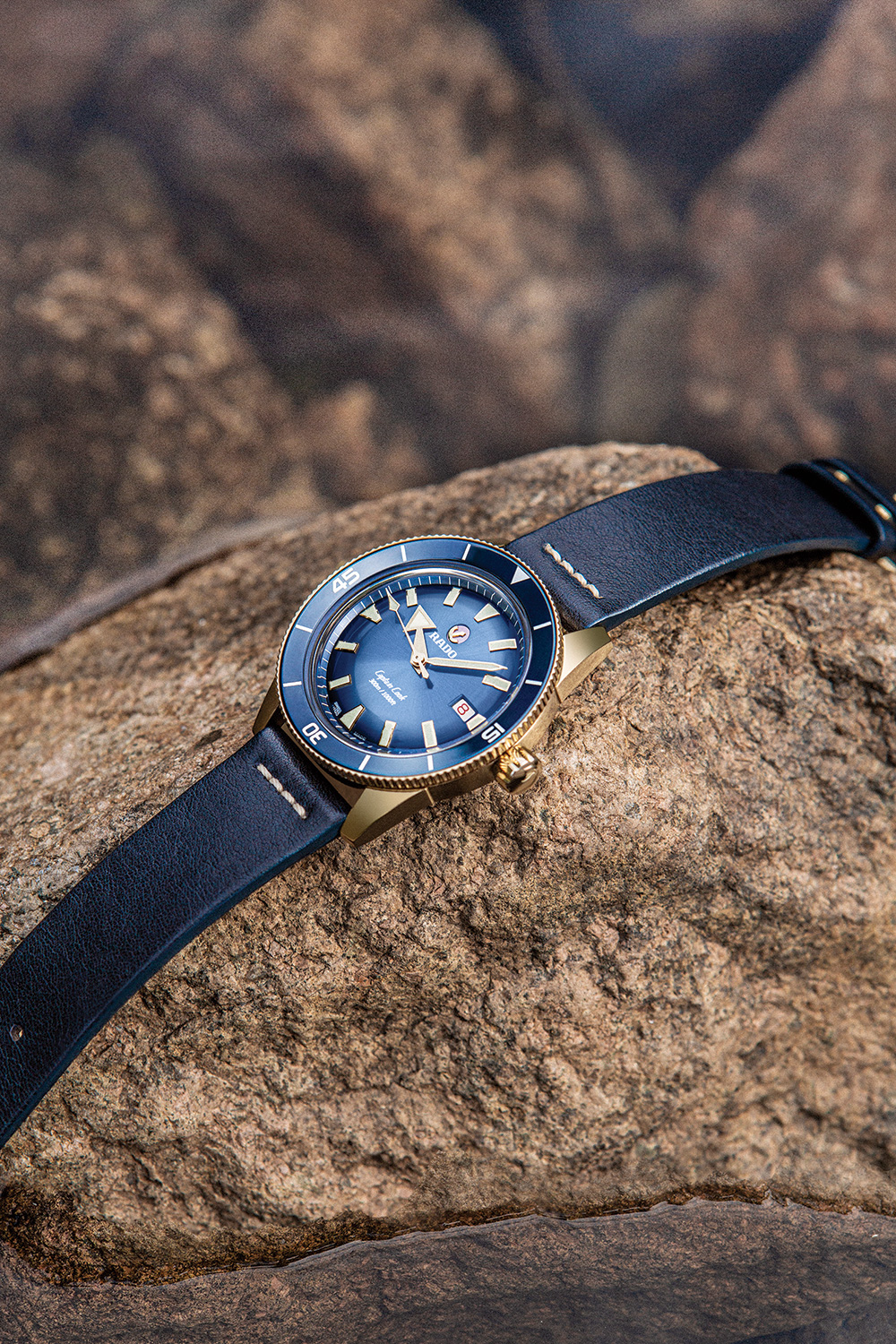
Historically, how would you describe Rado’s approach to design? And how is this apparent in the current collection?
Rado has always been a design-focused brand. Since its beginnings in 1957, design has been part of Rado’s DNA, and in many cases our designs and materials have been regarded as ahead of their time. In the current collections, you can see unique design and materials in our True Thinline Collection, featuring all-ceramic watches, ultra-thin at only 5mm thickness, and offered in diverse ceramic colours. Moreover, through our designer collaborations we bring to the market fresh and distinct designs from designers worldwide.
What kinds of details do you appreciate about these archival re-editions like the Captain Cook and DiaStar?
For Captain Cook, it would definitely be the dial that has kept the original Rado rotating anchor, the red-date display and hands; all placed beautifully in a colour gradient high-tech ceramic dial. The Golden Horse remains a vintage inspired timepiece with its red-date display, original hands, and super comfortable traditional rice-grain style bracelet. The DiaStar or The Original remains the iconic scratch-resistant watch and still keeps very true to its essence but now in different colour dials and cases.
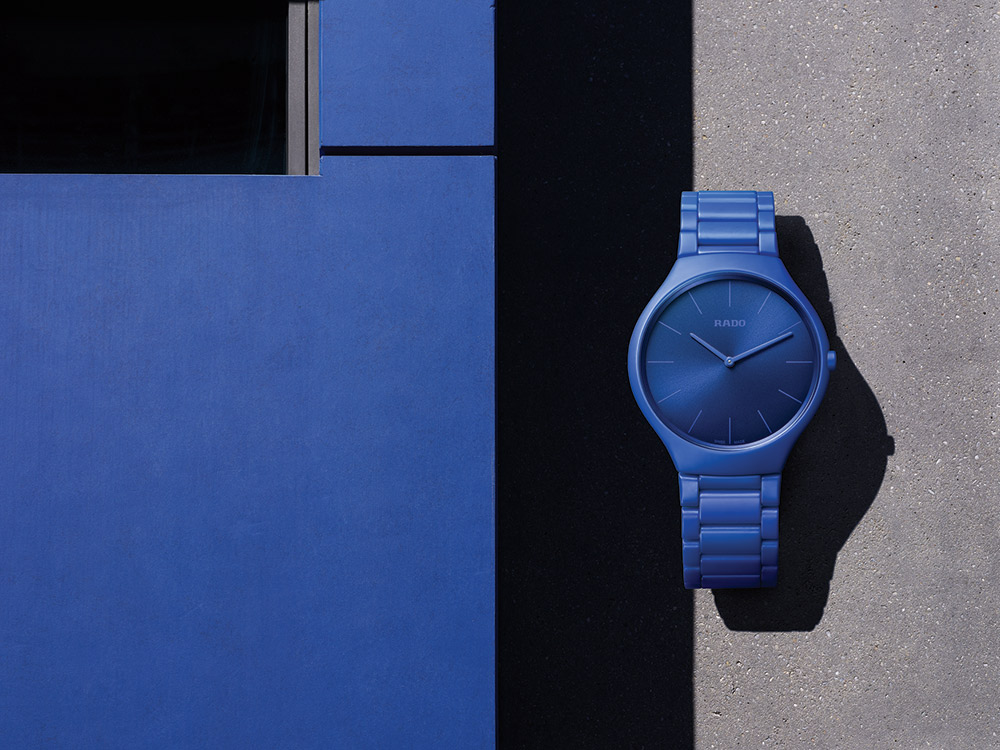
What was the inspiration behind the True Thinline Les Couleurs Le Corbusier collection?
With the True Thinline Les Couleurs Le Corbusier collection, Rado wanted to further lead the world of watchmaking in design, and showcase how Le Corbusier’s colour theory could be successfully introduced in watchmaking. Due to this collaboration, Rado produced a unique palette of nine limited edition watches in full high-tech ceramic, each representing one of the colours in the Le Corbusier palette. Each features the breakthrough technology of the Rado injected high-tech ceramic monobloc case, which has revolutionized traditional watchmaking. It is also a testament to the brand’s pioneering vision – and to the partnership – that only Rado can produce these colours.
What are some of the similarities between Le Corbusier’s designs and Rado’s?
Le Corbusier was an architect, so as such he was more focused on structures and buildings, as well as on objects and furniture. However, beautiful and different design was always on his mind, which is the same case as Rado. Similarly to Le Corbusier we at Rado also believe in the power of colours and the effects it can have on the human brain and thus releasing a Le Corbusier Collection of watches made perfect sense to us.
